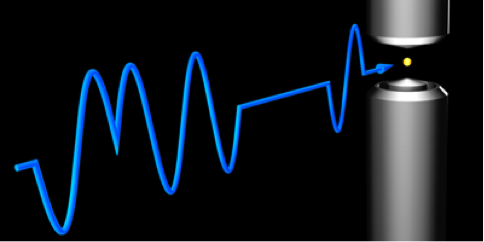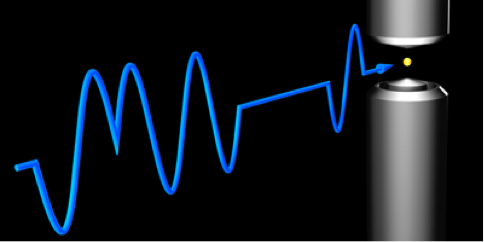Laser Suppression of Noise
Spectral purity makes the laser the tool of choice for precise analysis of the internal structure of atoms and molecules, but its intensity may shift the very energy levels under study, which limits metrology applications. In a paper in Physical Review Letters, Nils Huntemann at Physikalisch-Technische Bundesanstalt in Braunschweig, Germany, and colleagues report on a way to suppress these energy level shifts.
The authors build upon a precision spectroscopy technique developed by Norman Ramsey in the 1950s for nuclear magnetic resonance, which has become very important for atomic clocks and quantum information processing. In this scheme, one electromagnetic field prepares a quantum system, while a second spatially separated field interrogates the system after it evolves for a time. This method greatly reduces the perturbations of the energy states by the probing fields. Huntemann et al. replace the two separated fields with laser pulses separated in time, which, according to theory, eliminates the level shifts and reduces the sensitivity to laser intensity fluctuations. As a test case, they applied the method to a strongly forbidden electronic transition in a single trapped ytterbium- ion that would typically require high intensity to study, because of its low transition rate.
With this technique, which the authors call “hyper-Ramsey spectroscopy,” they were able to suppress the laser-induced line shift by four orders of magnitude. The hope is to eventually apply this approach to atomic clocks, time and frequency standards, and quantum information processing, where high stability and long coherence times are necessary. – David Voss





